Beef Nutrition
All Beef Nutrition Content

Protein Nutrition and Replacement Heifer Development
With summer coming to an end and weaning for this year’s calves right around the corner, it is not premature for producers to start thinking about next year’s replacement heifers that will be needed to replace any culled or open cows.
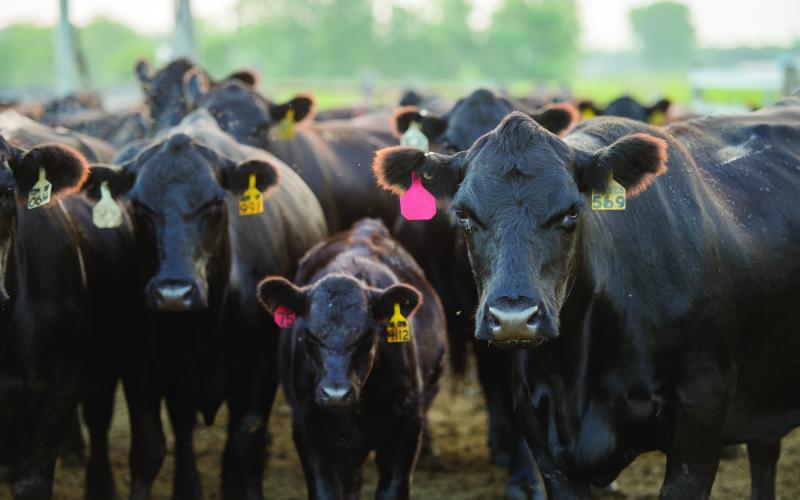
Registration Now Open for SDSU Beef Day
October 26, 2023
This year’s event will be held virtually Tuesday, February 9 and will begin at 1 p.m. CST.
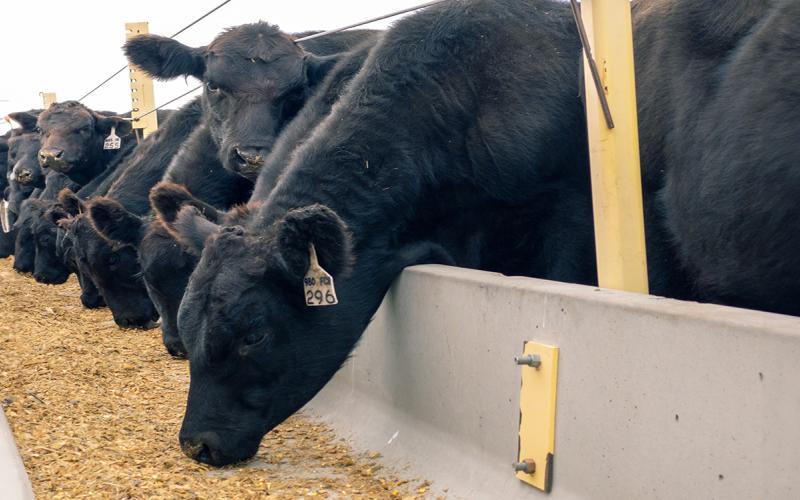
Preconditioning Calves: Is it the right choice?
Preconditioning involves weaning calves at least 45 days in preparation to enter the stocker phase or directly into the feedlot. Learn some important tips to help determine if it's the right choice for your operation.
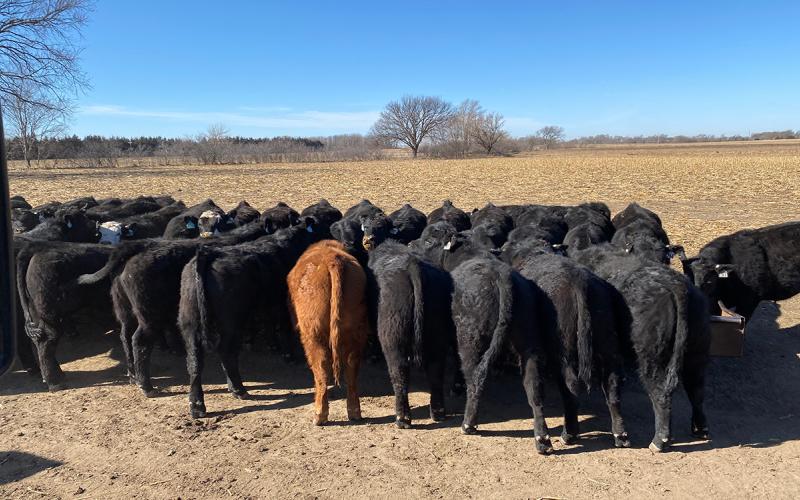
Backgrounding at Different Rates of Gain
The purpose of backgrounding is to increase calf body weight after weaning and before finishing. A recent study investigated the effects of different backgrounding systems on growing calf performance.
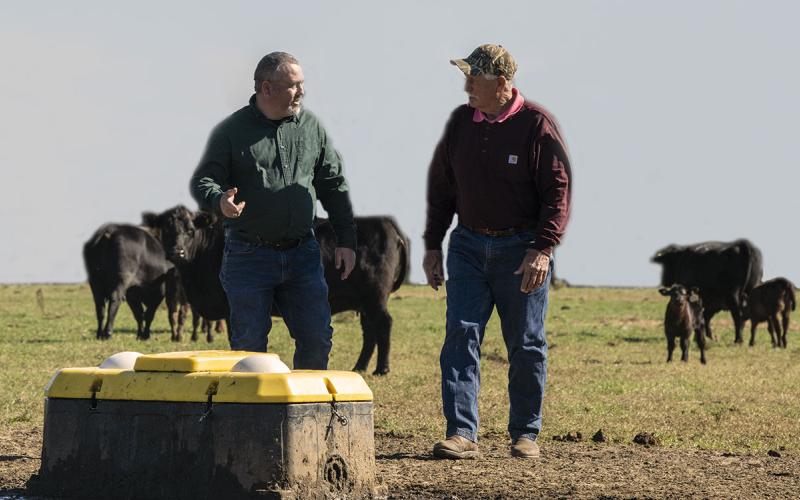
Water Monitoring Systems for Livestock
Depending on animal locations, checking water tanks can require hours of labor and significant fuel costs for remote pastures. Water monitoring systems offer producers a convenient way to check the status of the water sources remotely.
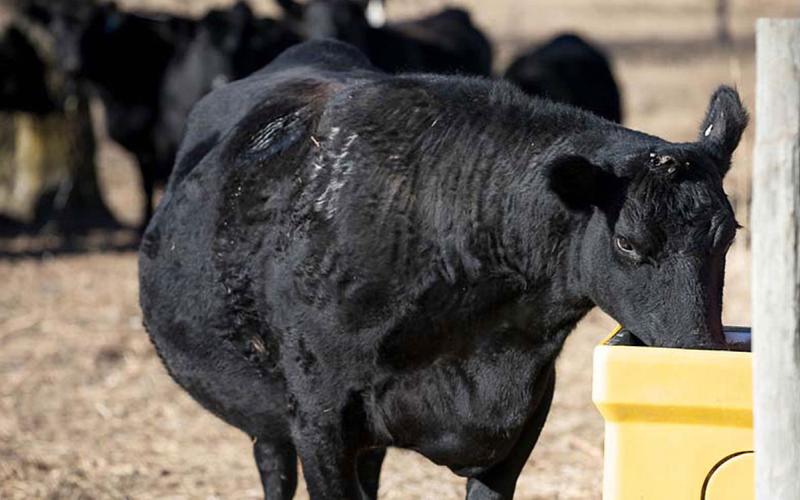
Weather and Water Intake in Beef Cattle
Water is a vital nutrient for beef cattle health and performance, and it is important to understand how weather can influence water intake during periods of warmer and cooler weather.

SDSU Extension welcomes new Beef Nutrition Field Specialist to Mitchell office
September 08, 2023
South Dakota State University Extension is pleased to welcome Sydney Vanderhoff as a new Beef Nutrition Field Specialist.

Adding Value to Corn Through Cattle
What is the “best” way to evaluate profitability of an enterprise, more specifically feeding cattle?

Harvesting High-Moisture Corn and Earlage
Producers who raise both corn and cattle have the option of harvesting some or all of their corn acres as a high-moisture grain crop to be marketed through cattle. There are several advantages to harvesting corn earlier at a high-moisture content.
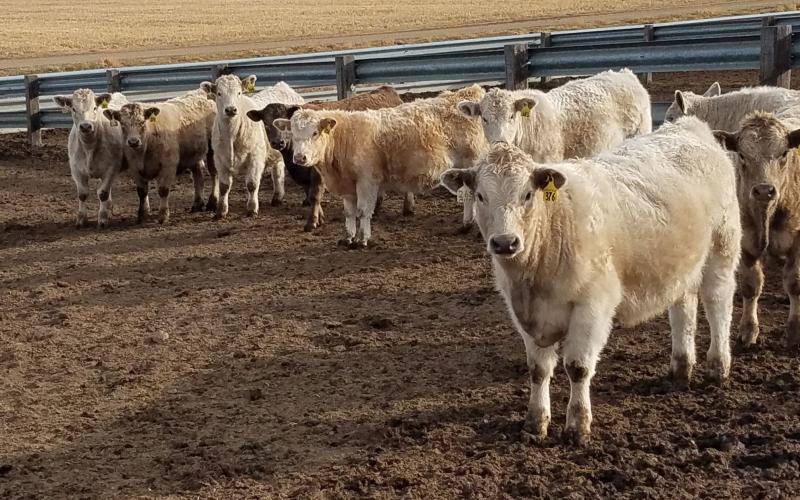
Feeding Value of Light Test Weight Corn
Whether due to planting delays, a cooler growing season, or an unexpectedly early frost, stress factors sometimes result in crops that do not meet standard test weight requirements. So how does reduced test weight affect the feeding value of corn and cattle performance?